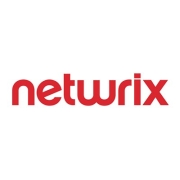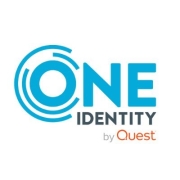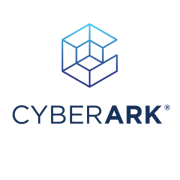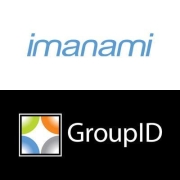Active Directory Management helps organizations centralize and simplify the management of user data, credentials, and resources across IT environments. It enables streamlined user account provisioning, secure authentication, and efficient policy enforcement.
Organizations leveraging Active Directory Management benefit from a solution that ensures secure access controls and manages user identities with ease. It facilitates the automation of repetitive tasks, reducing administrative overhead and enhancing IT effectiveness. With advanced reporting and analytics, it aids in maintaining compliance and tracking usage patterns.
What are the key features of Active Directory Management?In industries like finance, healthcare, and education, Active Directory Management is implemented to enforce stringent access controls and ensure privacy and data protection. These sectors rely on its robust features to handle sensitive information and maintain compliance with regulatory standards.
This category is beneficial for organizations by streamlining identity and access management, reducing security risks, and lowering administrative costs through automation and centralized control processes.




























Automating Active Directory Management tasks can greatly enhance efficiency and reduce errors. You can use PowerShell scripts to automate common tasks such as user provisioning, group membership updates, and password resets. Additionally, tools like Azure AD Connect allow you to automate and sync on-premises directories with Azure Active Directory, facilitating seamless hybrid identity management. Investing in automation tools that offer scheduling and task-tracking features can streamline your IT operations.
What are best practices for securing Active Directory?Securing Active Directory is crucial for maintaining organizational security. Implement role-based access controls to limit user permissions to only what's necessary. Regularly review and clean up permissions and group memberships to prevent privilege creep. Enable multi-factor authentication for administrative accounts and audit logins regularly. It is also important to implement complex password policies and use secure, encrypted communication protocols. Regularly applying security patches and updates ensures your systems are protected against vulnerabilities.
How do I integrate Active Directory with third-party applications?Integrating Active Directory with third-party applications can enhance user management and streamline operations. Start by checking if the application supports LDAP or other directory service protocols. Many applications also offer direct integrations with Active Directory, allowing for seamless user authentication and authorization. Ensure your directory schema is properly configured to communicate with the application. It's often beneficial to work with your third-party application's vendor to ensure compatibility and optimize integration settings.
What are common issues faced in Active Directory and how do I troubleshoot them?Common issues in Active Directory include replication errors, group policy failures, and authentication problems. To troubleshoot, use the Active Directory Diagnostic Tool (dcdiag) to check domain controller health and replication. Ensure that DNS settings are correct, as DNS issues can often cause replication failures. For group policy issues, use the Group Policy Management Console (GPMC) to trace and diagnose policy application errors. Authentication problems often result from incorrect user passwords, so checking lockout policies and password settings can resolve these problems.
Why should I consider cloud-based Active Directory solutions?Cloud-based Active Directory solutions like Azure Active Directory provide scalability, flexibility, and modern security features that traditional on-premises solutions might lack. These services offer high availability with global redundancy and are designed to integrate with cloud applications easily. Cloud-based solutions can support hybrid environments, providing seamless identity synchronization and management across on-premises and cloud resources. They also offer advanced threat protection, conditional access policies, and analytics to enhance operational security and insights.